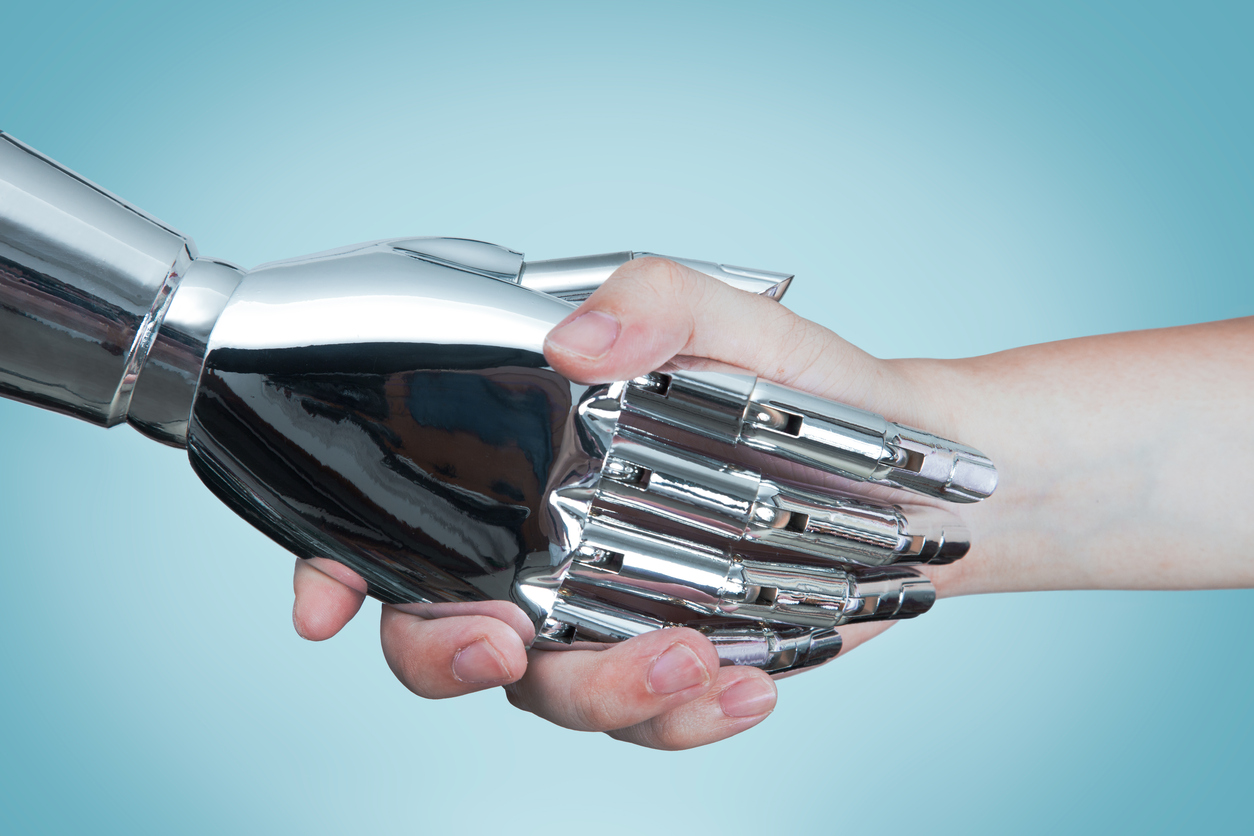
Updated review: Electromechanical and robot‐assisted arm training for improving activities of daily living, arm function, and arm muscle strength after stroke
In this updated review authors from Germany came together to re-assess the effects of electromechanical and robot‐assisted arm training for improving arm function in people who have had a stroke. The review was updated from having low/very low quality evidence of benefit to high quality evidence of benefit.
Electromechanical and robot‐assisted arm training uses specialised machines to assist rehabilitation in supporting shoulder, elbow, or hand movements. However, the role of electromechanical and robot‐assisted arm training for improving arm function after stroke is unclear.
The review authors identified 45 trials (involving 1619 participants) up to January 2018 and included them in the review. The quality of the evidence was high.
Lead author Jan Mehrholz concludes:
“Electromechanical and robot‐assisted arm training improves daily living for people after stroke, and improves function and muscle strength of the affected arm. As adverse events, such as injuries and pain, were seldom described, these devices can be applied with some confidence as a rehabilitation tool, but we still do not know when or how often they should be used. There is still a need for well‐designed, large‐scale, multicentre studies to evaluate benefits and harms of electromechanical‐assisted arm training after stroke.
Perhaps one main difference between electromechanical or robot‐assisted arm training and other interventions could be an improvement in motivation due to the feedback of the device, or the novelty of a robotic device, or both. However, we can only speculate about this.”

